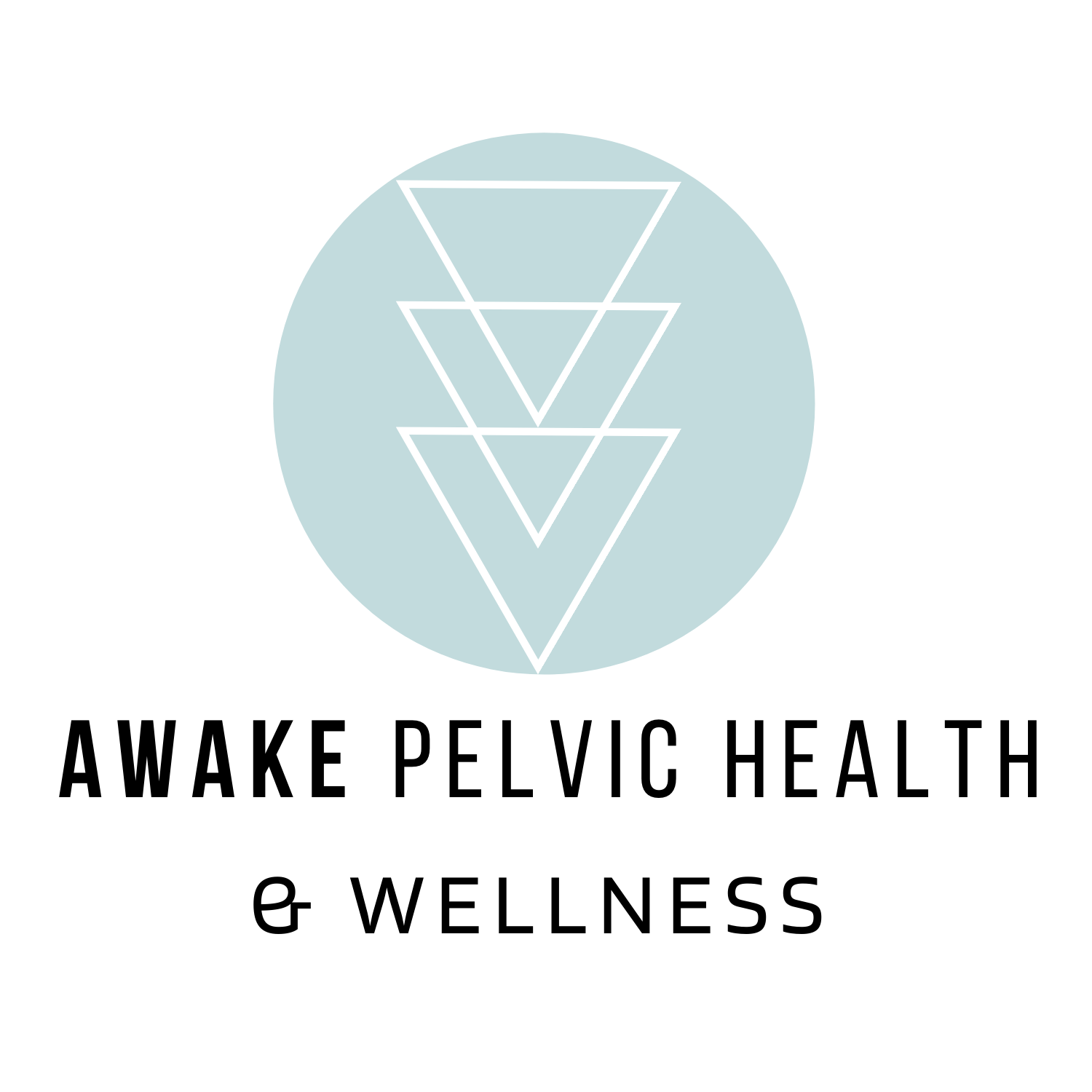Relieving Upper Back Pain While Breastfeeding: A Guide for Moms
Breastfeeding is a beautiful and intimate bonding experience between a mama and baby. However, it can also bring about some challenges, including upper back pain. Many moms find themselves struggling with discomfort in their upper back and shoulders during breastfeeding sessions. At Awake Pelvic Health, we 'help moms ALL the time with these challenges, since we believe in taking a full-body approach to postpartum physical therapy. Keep reading to explore the common causes of upper back pain while breastfeeding and provide practical tips and techniques to alleviate this discomfort, ensuring a more pleasant nursing journey for both you and your baby.
Understanding the Causes:
Upper back pain during breastfeeding can be attributed to several factors, including poor posture, muscle tension, and improper positioning. As you lean forward to breastfeed, your shoulders might hunch and your back may arch, leading to strained muscles. Additionally, holding your baby in an awkward position can cause muscle fatigue and tension over time.
Tips to Alleviate Upper Back Pain:
Proper Latching and Positioning: Ensuring a correct latch is not only beneficial for your baby's feeding but also for your comfort. Hold your baby close to your body and bring them to your breast, rather than leaning over to them. Use pillows or a nursing stool to raise your baby's height to breast level, preventing you from bending forward.
Supportive Seating: Opt for a comfortable and supportive chair or nursing pillow that provides adequate lumbar support. This helps maintain the natural curve of your spine and reduces strain on your upper back.
Use of Pillows and Cushions: Experiment with different types of pillows or cushions to find the right support for your body. Placing a pillow behind your lower back can help maintain proper posture while breastfeeding.
Stretching and Strengthening Exercises: Incorporate gentle stretching exercises into your routine to relieve muscle tension. Focus on stretching your neck, shoulders, and upper back. Slowly roll your shoulders backward and forward, and gently tilt your head from side to side to release tension. Keep the muscles in your upper back, between your shoulder blades strong and active to promote optimal posture. Perform several rounds of shoulder blade squeezes.
Regular Breaks: Avoid extended breastfeeding sessions without breaks. Set a timer to remind yourself to change positions and gently stretch your muscles. This can prevent stiffness and discomfort.
Posture Awareness: Pay attention to your posture throughout the day, not just during breastfeeding. Be mindful of your body alignment while sitting, standing, and lifting to prevent unnecessary strain.
Massage and Heat Therapy: Consider massaging your upper back and shoulders with a gentle pressure or using heat packs to relax tight muscles. This can provide immediate relief and promote better circulation.
Stay Hydrated and Maintain a Balanced Diet: Drinking enough water and consuming nutrient-rich foods can support overall muscle health and reduce the risk of cramping and discomfort.
Work with a Pelvic Health Physical Therapist!
If your upper back pain persists despite trying these tips or if it becomes increasingly severe, it's recommended to work with a physical therapist who specializes in whole-body postpartum recovery and care.

